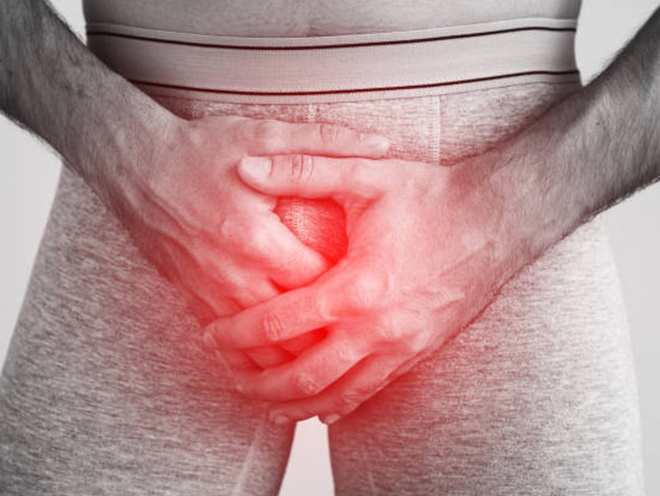 |
What is testicular cancer?
Testicular cancer occurs in the testicular tissue and is a malignant tumor formed by cancerous transformation of testicular cells.Testicular cancers are classified into two main groups: spermatogonial cell carcinoma and non-spermatogonial cell carcinoma. Testicular cancer is a rare malignant tumor in men and is the 18th most common male cancer in Malaysia. According to the Malaysian National Cancer Registry Report (2012-2016), testicular cancer accounts for 1.2% of male cancers in Malaysia.
So can middle and late-staged testicular cancer be cured? Minimally invasive techniques with few side effects and minimal trauma can help testicular cancer patients avoid surgical resection and suffering from traditional radiotherapy, improve their quality of life and effectively prolong their survival.
For more knowledge about cancer, please click online doctors for consultation.




Testicular cancer occurs in the testicular tissue and its pathological source is complex, but it is relatively rare in clinic, accounting for about 1% of all male malignancies. Testicular cancer is mainly common in the young men aged 15 to 39, while the curative rate of testicular cancer is relatively high.
Early detection and positive treatment is the key. Therefore, young men should enhance awareness of disease prevention. Once found the following special signs, you should promptly go to regular hospital for check.
1. Enlargement of Testicle: This results from the interminably growth of tumor cells. The shape of enlargement is not uniform, sometimes very irregular, while the testicle growing with tumor will be markedly enlarged.
2. Hardened testicle: testicle is as hard as stone by touching, which is very different from general testicular inflammation that is uniformly swelling and soft by touching. Although testicle is very hard, but there is no pain when touched, which is also a difference between testicular inflammations.
3. Heavy sense of testicle: since testicular tumor is formed by the growth of numerous tumor cells, so it is a solid mass. With growing, the weight of testicle will increase, thus the patient will have a sense of falling and even it will affect walking. Lift the testicle with hand and a sense of holding a stone can be felt.
4. Transillumination test negative: Generally when hydrocele appears transparency of scrotum and testicle will increase, thus transmittance test will be positive. While testicular tumors grow densely and solidly, no liquid at all, so the transillumination test will be negative.
Experts fromSt. Stamford Modern Cancer Hopsital Guangzhouremind you: When the above symptoms occur to you, you should go to check and get treatment immediately, so as not to delay the condition.
For more knowledge about cancer, please click online doctors for consultation.
Experts from St. Stamford Modern Cancer Hopsital Guangzhou remind that if one is diagnosed with testicular cancer after related examinations, he should go to regular hospitals for treatment promptly.
For more knowledge about cancer,please click online doctors for consultation.
What are the incidence and survival rate of testicular cancer?
Testicular cancer is clinically rare and only accounts for 2 percent of all male malignant cancers. Its risk group is from 20 to 40 years old. Clinical treatment effect of testicular cancer is evident, with which 5-year survival rate can reach 95%, even higher.
For more knowledge about cancer,please click online doctors for consultation.